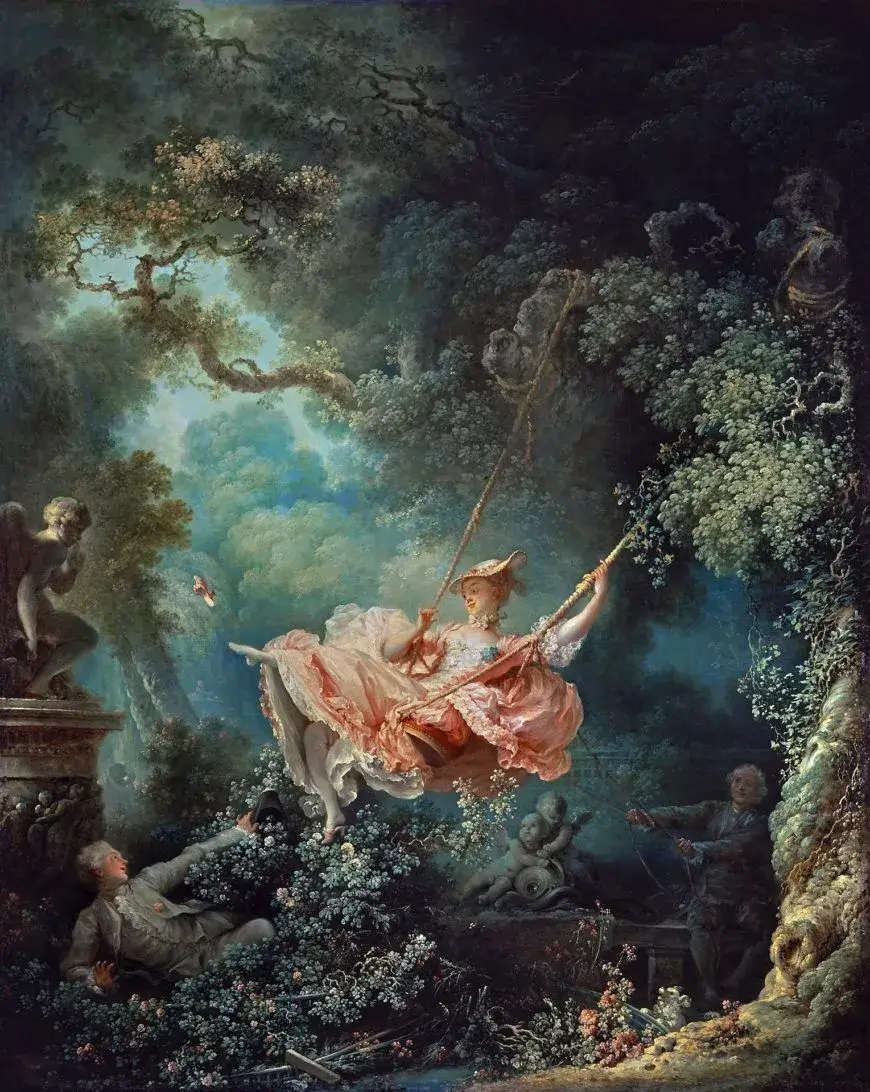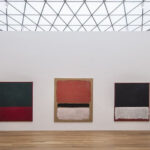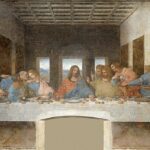Introduction to the Rococo Art Movement
This art movement originated in Paris France, it was an 18th-century art movement later which was adopted by countries like Germany and Austria. The father of this art movement was Jean Antonie Watteau who was known for popularizing the style of fête galante in France. Rococo art movement is known as Late Baroque, because of its remarkable ornamental and noticeable style of architecture, art, and decoration which combines the quality of asymmetry, scrolling curves, gilding, white and pastel colors.
Criticism and Backlash Against Rococo
Critics of the art started to consider this art modish, meaning an infatuation appears then disappears. They aggressively attack the art style for being shallow and tasteless. Some critics went as far to label it immoral art and hence the backlash grew against it. After the French Revolution Rococo art movement was replaced by Neoclassicism, which was seen as more serious than the Rococo art movement. Belonging to the early 18th century, the rococo art movement was formed because of the death of King Louis XIV. While King Louis XIV had liked art that had the extravagance, tension and drama of Baroque, the Rococo movement objected to this and represented the final cheer of this art period.
Key Characteristics of Rococo Art
The key characteristics of this magnificent art movement are It can be recognized by the lightness, elegance, and an ebullient use of curving natural forms in the decorations. The word Rococo is acquired from a word from French language rocaille, which means ornamentation from the use of pebbles and stones which was used in the 18th century. It was the first art movement that developed decorative arts, the rococo main focus of interest was on pastel colors, sinuous curves, and patterns which were based on flowers, vines, and shells. The main that used during this art movement were Light pastel, ivory white, and gold. This art movement’s color contrasts with the dark color of the baroque art movement.
Themes of Love, Leisure, and Play in this art movement
The main themes of this art movement were love, Leisure, and at last play. The usual themes in these paintings were the richness of nature, wealth and luxury, and passion and love. Rococo artists were famous for their representation of lush gardens, opulent interiors, romantic encounters, and the enjoyment of pleasures. The Venetian schools of use of color, erotic subjects, and Arcadian landscapes fundamentally inspired the early stages of Rococo.
Notable Rococo Artists and Their Masterpieces
The Pioneer artists of this art movement are Antoine Watteau, Jean-Honoré Fragonard, and at last Francois Boucher. Jean-Antoine Watteau was a French painter and draughtsman his most famous artwork is The Embarkation for Cythera. jean-Honoré Fragonard was a French painter and printmaker his famous art is the swing. François Boucher was a French painter, draughtsman, and etcher, one of his renowned artworks is The Triumph of Venus.
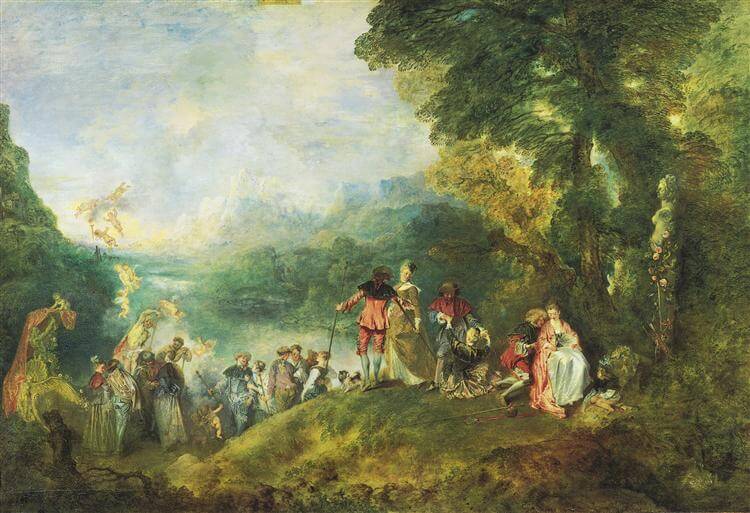
Conclusion
- During this art movement the themes were love, Leisure, and at last is play.
- The colors which were used are light pastels, white ivory, and gold.
- The art critics called it shallow and tasteless art.
- This art movement emerged after the death of King Louis XIV.
